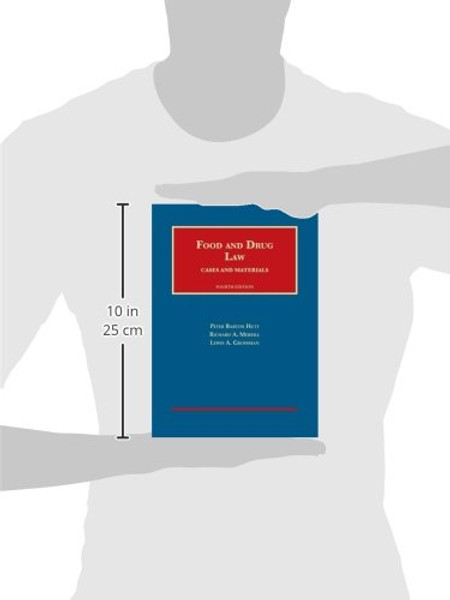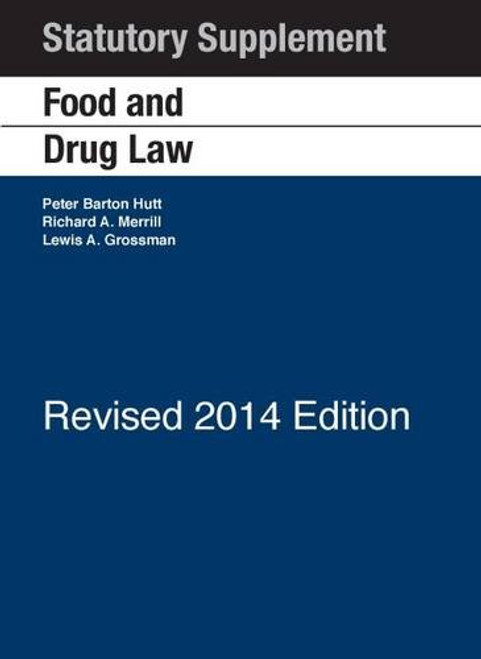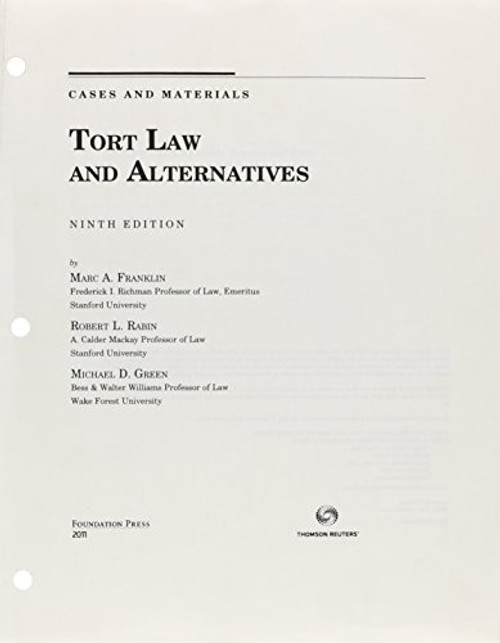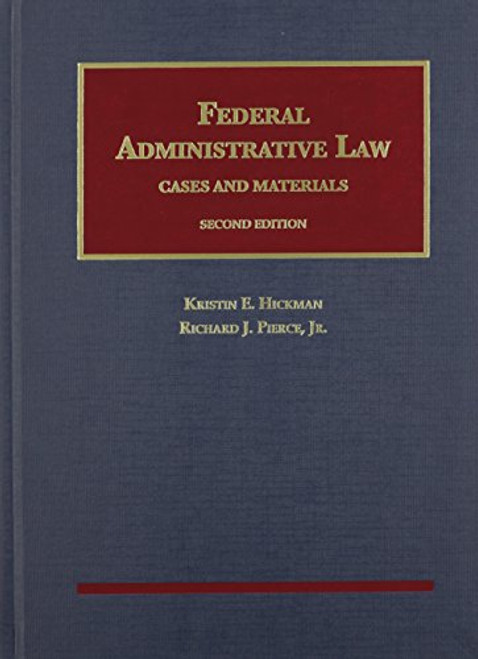Product Overview
Approximately 25 cents out of every dollar spent by American consumers is for a commodity regulated by the Food and Drug Administration. The agency has jurisdiction over food, drugs, cosmetics, medical devices, biological products, animal food and drugs, and tobacco products, as well as electronic products that emit radiation and products that spread communicable disease. FDA regulation thus touches the production and sale of most products that fill the shelves of our supermarkets and drug stores and virtually every product prescribed or used by the medical profession. The agency??s responsibilities range from the simplest foods and personal care products to the most technologically sophisticated innovations of biotechnology and medical engineering.
Food and Drug Law is the law governing the actions taken by FDA and its sister agencies to oversee the safety of this vast universe of products, to ensure that their labeling (and in some cases advertising) is accurate and informative, and to shepherd safe and effective new products onto the market.
The book contains many court cases, but to reflect the diverse forums in which food and drug law is developed and enforced, the text also contains many other types illustrative materials: Federal Register preambles, warning letters, regulatory guidance documents, Congressional hearing testimony, scholarly articles, newspaper opinion pieces, and many others. In addition, the book offers a generous amount of original content, in which the authors guide the reader through the complexities of the statutory and regulatory scheme. Moreover, like past editions, the Fourth Edition includes numerous illuminating notes, which offer a gold mine of fascinating examples of the law in action.
The Fourth Edition, like previous editions, is extraordinarily valuable for practitioners. But notably, the book has been reorganized and edited so as to make it more useful than ever for students and professors. Much important contextual material has been moved to the front of the book, so students will grasp essential administrative, jurisdictional, federalism, and enforcement issues before mastering the intricacies of the product-specific chapters. The casebook thus provides an introductory window into administrative law for students who have not yet taken the basic Administrative Law course, as well as for first year students taking Food and Drug Law as an elective. The chapter on human drugs has been thoroughly reorganized to improve its comprehensibility. Throughout the book, other changes to organization and presentation have been made with professors and students in mind.
The Fourth Edition is completely updated through the early fall of 2013. It includes a new chapter on tobacco regulation to reflect the responsibilities FDA acquired under the Family Smoking Prevention and Tobacco Control of 2009. It also incorporates all the other statutory amendments since 2007 (for example, the Food and Drug Administration Act, the Food Safety Modernization Act, and the Food and Drug Administration Safety and Innovation Act). Every major development of the past six years is addressed, from the significant First Amendment cases to the preemption of tort suits to the drug compounding crisis to the regulation of bioengineered salmon.











